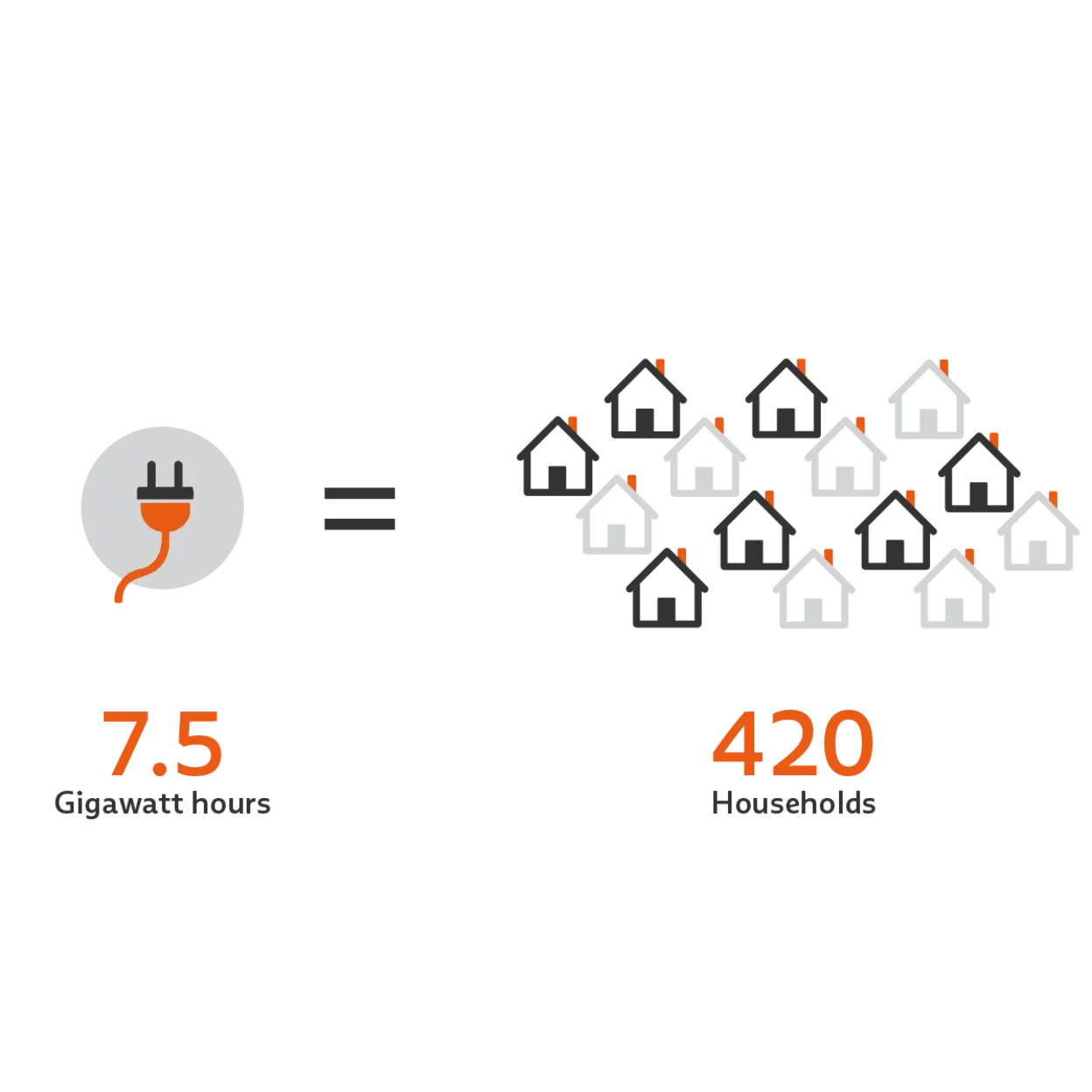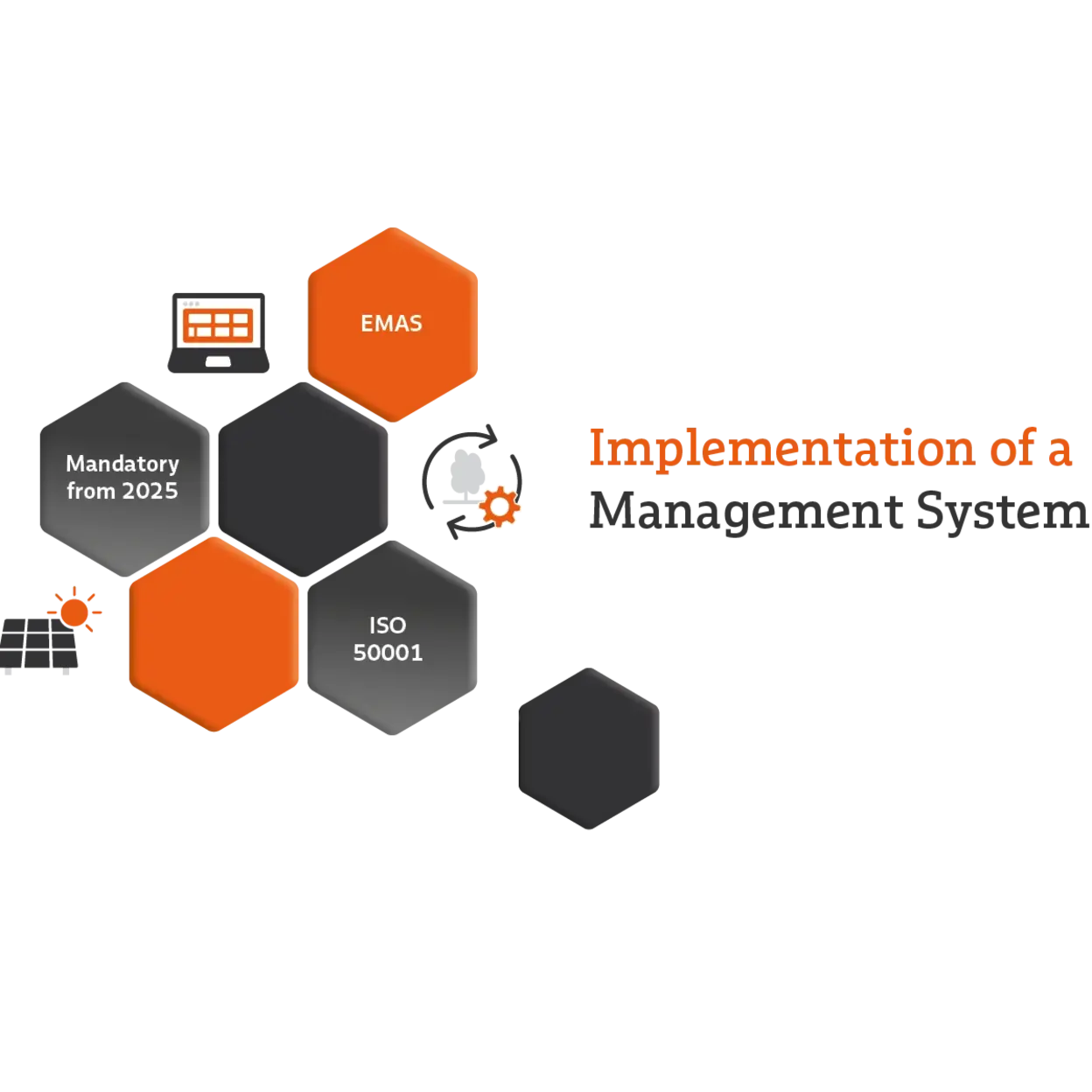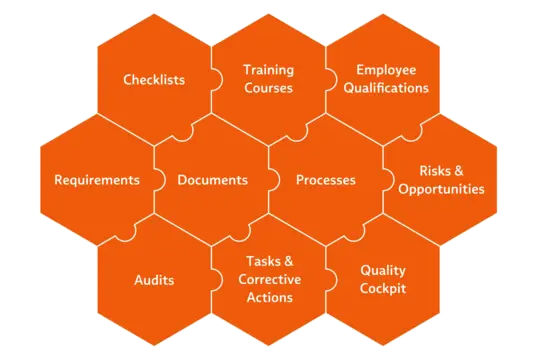Obligations under the Energy Efficiency Act also apply to companies that consume less energy: With an annual final energy consumption of more than 2.5 GWh, there is no obligation to introduce an energy management system in accordance with ISO 50001 or an environmental management system in accordance with EMAS. However, the EnEfG stipulates that affected companies must convert all end-use energy saving measures identified as economically viable – e.g., from an energy audit or management system – into actionable plans and make them publicly available. Different limits and regulations apply to public authorities and data center operators. In a statement, the German Chamber of Industry and Commerce (DIHK) estimates that around 25,000 companies are directly affected by the Energy Efficiency Act, of which around 12,500 exceed the 7.5 GWh limit.
However, even beyond the the EnEfG or other legal obligations, every company can benefit from introducing an appropriate management system: Those who systematically monitor and continuously improve their energy consumption and environmental performance make an important ecological contribution and can also save costs. In many cases, an environmental or energy management system is also a prerequisite for government subsidies – and also ensures clear competitive advantages. For example, large automotive groups such as Volkswagen and BMW require their suppliers to provide evidence of an environmental management system.









Comments
No comments